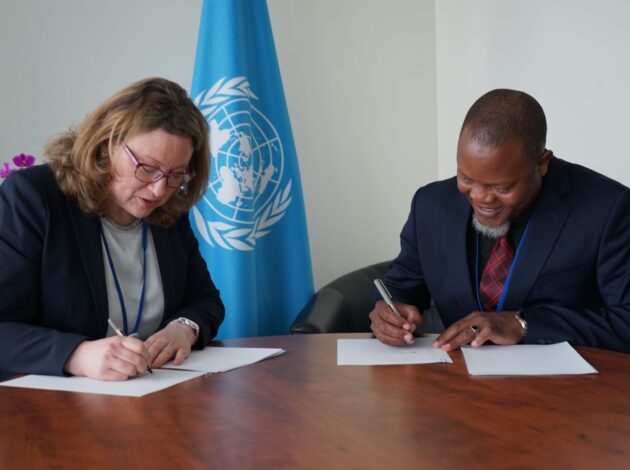Working across four continents to prepare ourselves for another pandemic

If, and when, there is another pandemic, being prepared is the best way to ensure the right response is taken….
Read more on Working across four continents to prepare ourselves for another pandemic


